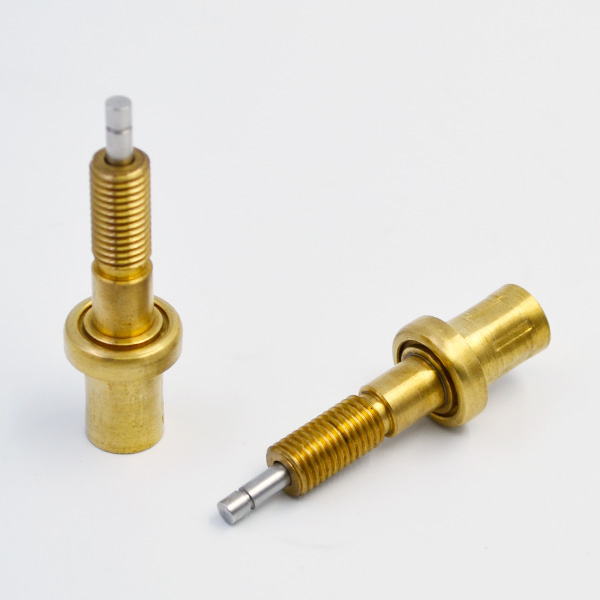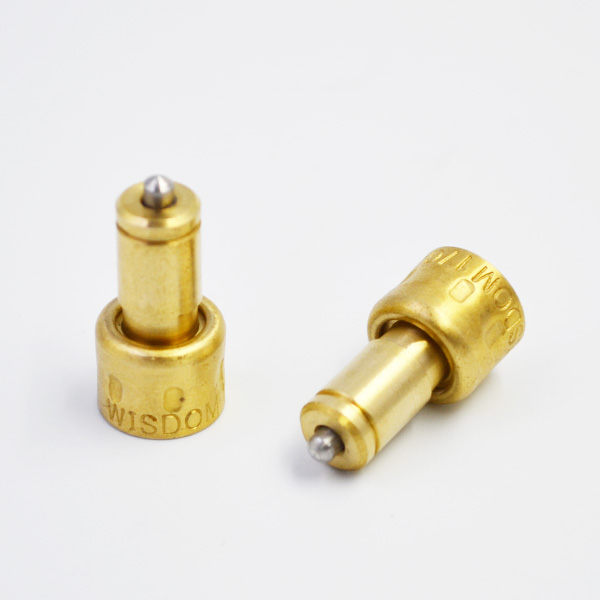Microcontroller Application is a professional course of Applied Electronic Technology. It plays an important role in cultivating students’ability to analyze, solve and innovate problems. Its contents mainly include programmable control of 51 series MCU I/O port, typical application of internal resources (such as interrupt system, timer/counter), thermostatic element keyboard/display interface and its basic function realization, basic application of serial communication, and design and implementation of typical MCU small system.
Due to the strong logic of the curriculum, the great relevance with other courses, the weak professional foundation of Higher Vocational students, and the lack of strong willingness to learn actively, the teaching effect is not ideal. With the development of Internet technology and the rise of network courses and various online teaching resources, it is possible for students to acquire knowledge through multiple channels. Teachers’responsibility should also change from blindly imparting knowledge to guiding students to acquire knowledge.
Based on the analysis and practice ability of electronic circuits and the design ability of electronic circuit boards, the course of “Microcontroller Application” learns the whole process of debugging and developing typical small systems with MCU.

At the same time, it lays a foundation for subsequent courses such as CPLD and FPGA application technology, embedded system application and so on.
After graduation, he is engaged in debugging, designing and manufacturing of intelligent instruments, automotive electronics and other consumer electronics products. Continuing to study and improving his professional ability play a supporting role. After years of teaching practice, the course mainly adopts project case teaching, which covers I/O port programmable control, display/keyboard, application of interrupt resources of single chip computer, A/D and D/A technology. Several tasks in each project are designed according to different levels of difficulty to meet the needs of students at all levels. However, practice has found that the teaching effect is not satisfactory. The main reason lies in the contradiction between teaching content and less hours. Flipping the classroom makes teachers change from knowledge imparters to guides, and the role of teachers is to help students find points of interest and solve the problems encountered in their learning process. Compared with the traditional classroom, the flipped classroom can better embody the educational thought of “teaching people to fish, rather than to fish”, emphasizing the cultivation of people with sustainable learning ability rather than examination machines, stimulating students’enthusiasm for active learning, and cultivating their ability to cite one thing against another rather than mechanically repetitive training. Proteus and Keil, as the necessary compiling and simulation tools in the course of MCU application, need to be mastered by students as soon as possible. However, due to the limitation of teaching hours, teachers do not spend too much time in class explaining the basic usage methods of these two software. Therefore, the author adopts the teaching mode of flipping the classroom. The following table gives the instructional design of “the basic use of simulation software”, in which the pre-class links, tasks and teacher guidance are specifically arranged.

For this reason, the teachers of the course group elaborately produced seven micro-videos about the basic operation of Proteus and Keil software. Before the beginning of the course, the students were grouped into groups.
Four students were asked to learn the basic operation of the two software through video. In class, the task list number is determined by drawing lots in groups, and all task list contents are completed regularly in the way of “connecting dragons”. Team is the unit of teaching implementation. Most students can actively participate in it for the collective honor. Classroom interaction is warm, coupled with the time limit of task sheet work, students spare no time, thus improving the efficiency of classroom learning and teaching effect is very obvious. Flipping classroom puts forward higher requirements for teachers’teaching level, information-based teaching skills, professional ability and students’ management ability.
How do teachers carefully design teaching contents, record micro-videos, set up classroom teaching links and guide students to complete the course preview content before class? How to implement teaching task list in an orderly way in class, answer various problems existing in students’learning process, and organize discussion in groups freely To sum up and evaluate learning, so that students at different levels can learn something, stimulate students’interest in learning, and then generate the willingness to learn actively, so as to make homework after class and the preparation for the next lesson not mere formality. At the same time, for a small number of students with good foundation, how to design expansion and innovation projects to guide them to continue in-depth. Study.

To achieve these points, the workload of teacher preparation will be ten times as much as that of traditional teaching methods. As far as micro-video is concerned, the length of each micro-video is 5-10 minutes. Unlike teaching video, it uses video recording software with explanations and subtitles. A 90-minute course needs to record 5-6 micro-videos according to knowledge points, and each micro-video is different from teaching video. Frequently, several small questions should be set up to facilitate students’preview and review after class. The classroom teaching management tests teachers’professional ability, organizational management and adaptability. There is plenty of time to organize students to discuss in the flipped classroom. How to manage this open classroom environment, deal with various problems and even encounter embarrassment when solutions are not available, all of these require teachers’love and wisdom.
Teaching practice shows that the potential of students who are stimulated to study enthusiastically is enormous, but not all students can be awakened to the consciousness of active learning. How to realize the differentiated teaching of students at different levels? The author combines the learning groups according to the form of “1A 2B 1C”. A, B and C represent the degree of students’autonomy and acceptance ability (A>B>C), accounting for about 20%, 60% and 20% of the class, respectively.
The basic goal of teaching is to “insure A increases B decreases C”. For this reason, the author requests A students to undertake pre-class guidance for C students. In class, the focus is on B and C students. Through humanized learning evaluation, B and C students are encouraged to complete or participate in the completion of the teaching task list, so as to cultivate their interest in learning and confidence in learning. In addition, in order to maintain the learning vitality of students in category A, after class, students in category A will be summoned to continue discussing the content related to the curriculum but beyond the syllabus, stimulate their interest in continuing to study by thinking a little bit, or assign more challenging tasks, and encourage them to expand and improve their knowledge through a variety of ways. Peaceful and innovative ability. Any kind of teaching mode has its advantages and disadvantages. Flipping classroom teaching is no exception. Teachers are more willing to regard the problems existing in the practice of flipping classroom teaching as challenges, which also puts forward higher requirements for teachers’educational concept, professional ability and information-based teaching technology. Teachers should not only have profound knowledge and rich experience to grasp the classroom, be sensitive to the puzzles of most students, guide students to learn and find solutions in time, and make humanized assessment of students’learning process at all levels, but also master information-based teaching skills, learn to record and edit videos, and use information technology to search. Collect, process and collate valuable teaching materials for students’reference.
Only in this way can we realize the curriculum content from “information transmission”, “absorption and internalization”, “consolidation and improvement”, “expansion and innovation”. Only in this way can the flipped classroom not become mere formality, but the flipped classroom can greatly improve the efficiency of classroom teaching and teaching effect. This subversion of the traditional education model requires schools to have excellent teachers, adequate teaching resources and students’support and active participation in order to achieve good teaching results.
